Gonna have to do the photos on this post tomorrow. It’s late and I need sleep.
So, washlets. I’ve definitely brought these up before, but I don’t recall if I’ve discussed them in general. We call ‘em “bidets”, but for the Japanese, the word “bidet” has a specific meaning, and they’re called “washlet” in general. Having not grown up using one, they definitely feel downright weird, but I do see their benefit. See, you use the washlet to wash, and then the toilet paper to dry afterwards – no need for endless wiping, or scrunch/fold arguments. I will say, however, that the worst part has gotta be the wait. See, when you push the On button, it takes a couple of seconds to extend the nozzle, so when it actually comes on, it’s a complete surprise. It’s like a jump scare in a horror movie – you just know the bad guy is lurking in the shadows waiting to jump out and shout “boo!”, you just don’t know precisely when.
In any case, today dawned bright and sunny. Fairly chilly, though. Started with a spot of breakfast.
Then I headed out. Before starting my intended plans for today, I decided to open with a quick trip around the various Pikachu manhole covers in the area. See, since Japan loves Pokemon, and their fancy manhole covers, then it seemed like a great idea to put those two things together. A number of towns have their own Pokemon manhole covers, in Yokohama there’s a series of four of them, each with Pikachu and one syllable of the name “Yokohama”. However, when I reached the first of them after about a fifteen-minute walk from my hotel away from the station, I discovered a regular old manhole cover where I expected Pikachu. And it’s only at this point I decided to actually check the details… and discovered they were only there for a limited period. So that was a bit of a waste of time.
Not a terrible walk, though – Yokohama was one of the first parts of the country to be open to foreigners after Commodore Matthew Perry came by in the 1850s and demanded it, so it’s filled with a lot of early examples of Western architecture in Japan. Not always easy to get a good vantage point on them to take photographs, however.
Strolling back along the waterfront, I found some sort of… dog fair? at the Red-Brick Warehouses. Like, with a whole bunch of stalls almost exactly like the weekend markets at the Entertainment Quarter, only entirely selling products for dogs. And people with dogs. So there were sooo many dogs being walked around on leashes or wheeled in strollers.
I took the time to visit the Circle Walk – a huge circular pedestrian overpass (also a bit tricky to photograph), before riding the new Yokohama Air Cabin back to Sakuragicho Station. It’s a new gondola lift which opened in 2012, connecting Sakuragicho Station with the World Porters shopping mall (which is adjacent to the Cosmo World theme park). I admit, it perplexes me a tad, because while it does cross a body of water, the route almost exactly shadows an existing walking path called “Steam Train Road” (presumably following the route of the old steam train tracks), over a series of bridges and artificial islands. Very nice ride, though. Windows far too reflective to photograph through, so instead I sat back and enjoyed the view. And the mood music.
Back at the station, the walk had taken me so long that the tourist information centre was now open, so I went and grabbed the local manhole card. There was also a different Pikachu manhole cover on the plaza outside, and that one actually was there. And also a bunch of men in suits unveiling a countdown board for something called “Green X Expo 2027” to a crowd. Not too clear what that is.
Then I hopped on the train. See, today’s activity was to return to Kamakura at long last, and finally finish the Shichifukujin pilgrimage I did just half of way back in 2017. On day five. About five and a quarter years ago. (Couldn’t name today’s post after Kamakura, because I already did that then.) So I planned to pick up right where I left off by starting from Kita-Kamakura Station, since Jochi-ji (my third and final stop in 2017) is close nearby. The train, however, was absolutely packed, and far more people got off at Kita-Kamakura with me than I’d expected – thought people would be heading to Kamakura proper, if anything.
In any case, once out of the station, I proved my devotion to the cause by immediately getting distracted by something else. I first wanted to see a historic tunnel which I’d thought was right next to the station, though when I googled for its precise location today I found it was much further away than I’d thought, so I decided to pass. (I do wonder now if Google was giving me the location to something else besides what I’d been thinking of.)
Instead, I popped into Engaku-ji, the second of Kamakura’s Five Great Zen Temples (Jochi-ji, as you recall, is fourth). It was founded in 1282 on the orders of Hojo Tokimune, who was the effective ruler of Japan at the time, so a little while ago. It now contains some eighteen different structures strung up a hillside, including the Tokimune’s grave. And also the Ogane (“great bell”), at the top of far more stairs than I’d initially realised. Nice view, though.
Plus a number of trees blooming, which I attempted to take nice photos of. I’m not entirely sure they were sakura trees, though, as the flower petals lacked the fairly distinctive notch at the top, though admittedly I don’t know if all sakura species have that.
After that, I headed back over the train tracks (which cut through the edges of Engaku-ji’s main entrance) to see Tokei-ji, the only remaining temple of the Amagozan (nunneries which were the female equivalent of the Five Great Zen Temples). Founded in 1285 by Tokimune’s wife after her husband’s death, it long had a rule that women wishing to divorce their husbands (something extremely difficult in those times otherwise) could do so by remaining at the temple for two years. The temple’s power to do this was removed in 1873 when the Court of Justice began to oversee divorce cases. Men weren’t permitted to enter the grounds at all until it came under the supervision of Engaku-ji in 1902. The temple was almost entirely wiped out in the 1923 Great Kanto Earthquake, and presently has only two main buildings, one of which isn’t open to visitors, so I didn’t stay here too long. (Also, no photos were allowed anywhere on the temple grounds.)
Next stop, after passing by Jochi-ji en route…
Kencho-ji, the first of Kamakura’s Five Great Zen Temples. I’d previously encountered this place when I took shelter in the car park from the noise of the traffic on the road in front. Constructed on the orders of the emperor in 1253, its main patron in its early years was Hojo Tokiyori (Tokimune’s father), who’d also instituted the idea of the Five Great Zen Temples as a way of consolidating his power. But also because he was an adherent of Zen. Once comprised of forty-nine different sub-temples, today only ten remain. One of which is the Hatto, currently the largest Buddhist wooden structure in Eastern Japan (which is… quite specific), and which also has a large dragon painted on its ceiling. Also a very relaxing Zen garden, which I sat gazing over for a bit. I thought the shape of the lake looked rather deliberate, and wondered if it was supposed to look like something, similar to how the lake at Saiho-ji in Kyoto is supposed to resemble the kanji for “heart”. Researching now, it turns out this one is “heart” too, though I still couldn’t really see it.
Continuing on from there, I finally headed for the next stop on the Shichifukujin. The road I was following, though, appears to be Kamakura’s main approach road from the north – it was heavily trafficked – both road and foot traffic – and there was barely any footpath, so it was a bit hair-raising. It did help that the traffic on my side was barely moving, though. (No idea why there were so many people around – it wasn’t this crowded on my last visit. Not sure if there was something on, or if it just happened to be a nice weekend day for a trip.) Passed through a weird “tunnel” that’s open to the sky the whole way through, so I dunno what its purpose is. On my first visit, it was almost night, so I didn’t realise it was open at the top until I was most of the way through. (This is not the most indicative photo of the footpath width, as it was much wider inside the “tunnel” than outside.)
Eventually reached Tsurugaoka Hachiman-gu – stop number four on my Kamakura Shichifukujin pilgrimage, enshrining Benzaiten, the only female member of the Seven Lucky Gods, and “goddess of all that flows: water, music, arts, love, wisdom, wealth, fortune” (though that’s a subordinate shrine on the grounds – the main shrine enshrines Hachiman, as you can probably tell from the name). As mentioned last time, it’s Kamakura’s main shrine, and the shrine’s approach road is also Kamakura’s main street. It was originally a Buddhist temple named Tsurugaoma Hachimangu-ji, Kamakura’s oldest temple, but during the forced separation of Buddhism and Shinto, they were forced to sell their Nio statues to Jufuku-ji (third of the Five Great Zen Temples) and destroy their Buddhism-related buildings. In any case, this place was packed with people (which, as the main shrine of the city, is perhaps not surprising). Possibly for this reason, they were only selling pre-written goshuin on loose paper, both the main shrine and the Benzaiten shrine. I’m not a fan of gluing in loose paper goshuin – they feel like they don’t really count as much as one written just for me – so I wound up only getting the main shrine’s one and not the Benzaiten one (which might be a bit odd considering I was on the Shichifukujin pilgrimage).
Fortunately, the route to the next stop in the pilgrimage took me away from all the people (though not all the traffic) – a couple of blocks to the east of the main road stood stop number five, Hokai-ji, enshrining Bishamonten, god of treasure, wealth and warriors. Currently a subordinate temple of Engaku-ji, it was built on the ruins of the Hojo clan residence to appease the souls of the 870 members of the clan who committed ritual suicide on July 4, 1333 after the end of the Kamakura Shogunate. And despite a fairly heavily-trafficked road outside, it was so peaceful and quiet inside. The goshuin office was inside the main hall here, with the window low to the ground – just the right height, in other words, for someone sitting in the formal seiza kneeling posture, which I just can’t do for any length of time. Sitting cross-legged, though, put me too low.
A straight shot from there was stop number six, Myoryu-ji, enshrining Jurojin, god of wisdom and longevity. (Actually, five, six and seven are all in pretty close proximity.) This one’s a pretty small temple, with just one main building and the temple office. Doesn’t even rate its own page on Wikipedia. It does have a statue of Jurojin holding a deer which is absolutely covered in coins.
Continuing down the road, I passed a 7-Eleven seemingly out of nowhere (really didn’t seem like the road for one), then finally reached my seventh and final stop, Hongaku-ji, enshrining Ebisu, god of commerce and fishermen. And also a big ol’ tree in full bloom, which many people were gathered around photographing. The grounds were a bit larger than Myoryu-ji, but somehow it still doesn’t rate a Wikipedia page. In any case, after five-and-change years, I’d finally completed the Kamakura Shichifukujin pilgrimage!
I’d been walking for a while by this point – hadn’t even had any lunch, though I didn’t really feel hungry for it either – so I pondered calling it a day, but I decided first to stop in at a nearby temple called Myohon-ji (no relation to Myoryu-ji). It was built in the 13th century by Hiki Yoshimoto upon the ruins of his own clan’s estate, which had been destroyed by Hojo Tokimasa to consolidate his clan’s power over the shogun. This gets confusing. Anyway, it was a very nice temple (lots of stairs again!), and also some nice trees in bloom. And a couple having their wedding photos taken. The goshuin office appeared to be closed, though.
After taking photos there, I headed back towards Kamakura Station, and right into a street packed full of visitors. With more than an hour of daylight left, I pondered getting the Enoden down to Enoshima Station so I could take the Shonan Monorail during daylight, but I decided I’d had a long day already, and plan to visit Enoshima again sometime anyway, so instead I snagged a “Kamakura menchi” (= minced pork cutlet) stuffed with cheese for some dinner. One of the last few before they sold out, as it turned out. Quite tasty, but a bit hard to eat without getting sauce all over my face. Such stretchy cheese.
Headed into the station and caught the train back to Sakuragicho, pretty much just as the sun was setting. Went to go see the manhole cover that corresponded to the card I got this morning – just a small detour from the route back to my hotel. I found it, but it was perhaps too dark to photograph. Might perhaps try again tomorrow.
Popped into a Family Mart for a couple more things for dinner – an onigiri stuffed with Korean-style beef, and a bag of chocolate-coated freeze-dried strawberries – and made it back to my hotel shortly before 7pm. I thought “oh, this is great, I can get my blog post written and get a nice early night”… and then suddenly it was 9:30. I genuinely have no idea where the time went. Maybe I’ll have another shot at getting a reasonable night’s sleep tomorrow – my plans end with sunset. Like, literally – the last thing I have planned is to watch the sunset. Why? You’ll see. Provided I have the weather for it.
Today’s photo count: four hundred and ninety-six.
Today’s step count: 20,825 steps, for 14.5 km. 36 flights of stairs. Not the longest distance I’ve walked in a day for this blog, but apparently the first time I exceeded 20,000 steps in a day since I started using the Qantas Health app. It awarded me a badge.
Today’s goshuin count: Six – from the right, Engaku-ji, Kencho-ji, Hokai-ji, Myoryu-ji, Hongaku-ji, and the loose Tsurugaoka Hachiman-gu which I still need to glue in. And that completely filled my second shuincho. I spent the day looking out for a new shuincho to buy that I liked, but nothing caught my eye. Just gonna have to hope the next shrine or temple I visit has good ones, I guess.
Today’s stamp count: Found one at Kamakura Station. Thought at the time I’d missed this on my last visit, but checking my blog now, I did get it. Though it might be different – it’s got “March” (i.e. the month… in Japanese) on the design. Don’t have my 2017 stamp book on me to compare them. Seems to be part of some sort of event – there was a sign up, though I still need to sit down and translate it. (Also need to remember to check Sakuragicho for a stamp.)

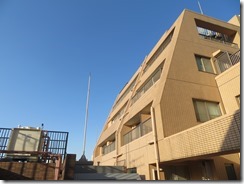
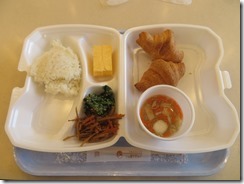
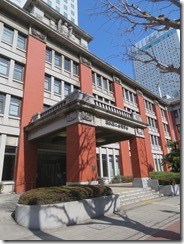
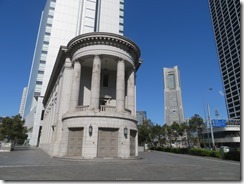
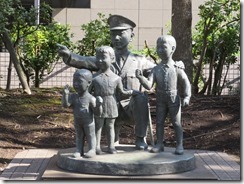
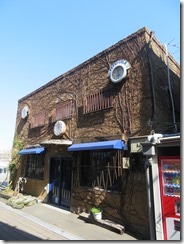
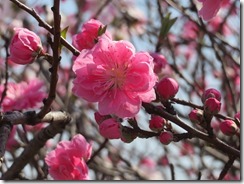
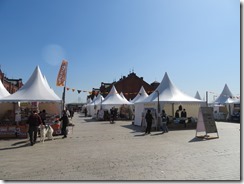
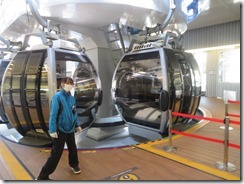
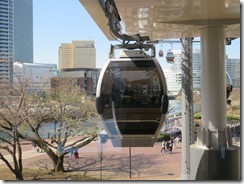
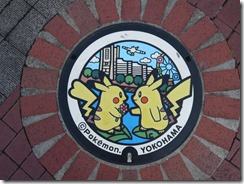
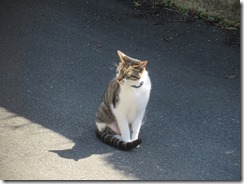
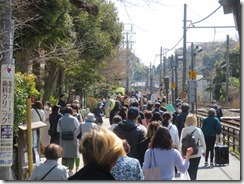

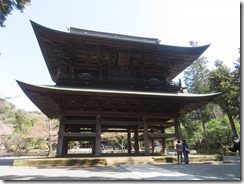
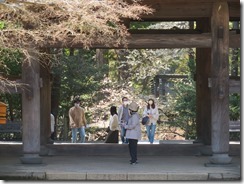
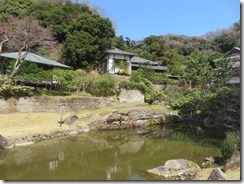
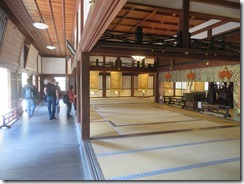
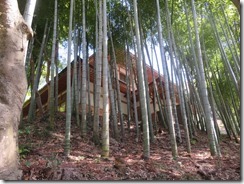
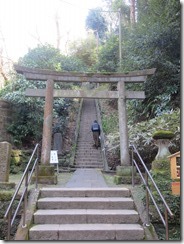



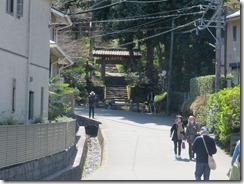
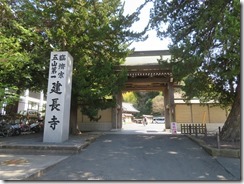
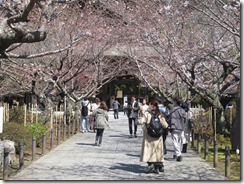
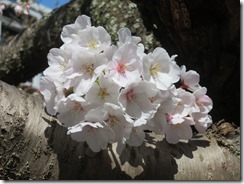
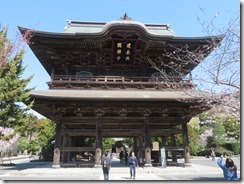
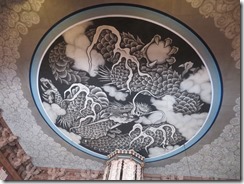
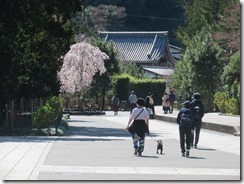
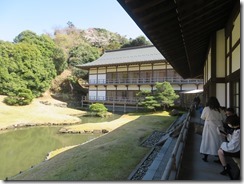


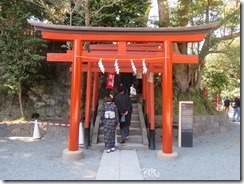
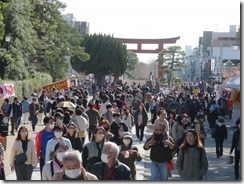
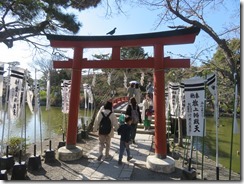
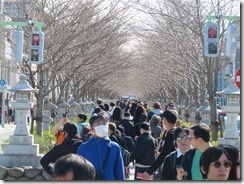
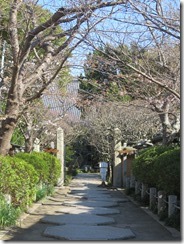


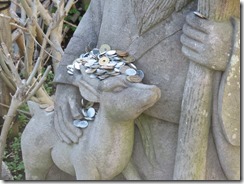
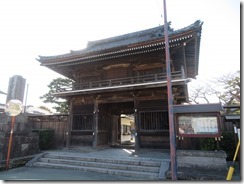
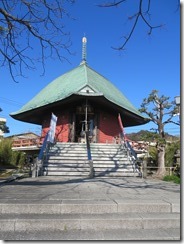



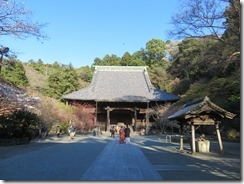

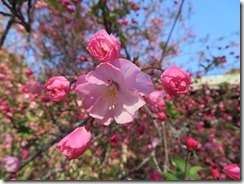
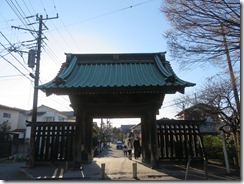

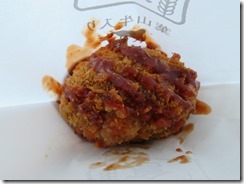
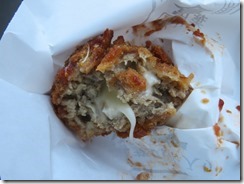
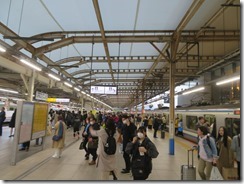
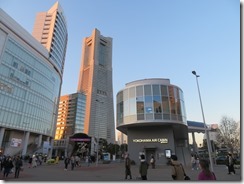

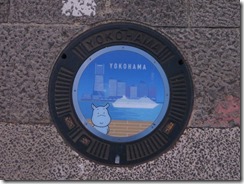
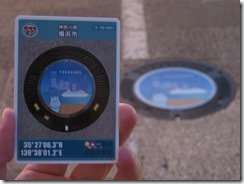
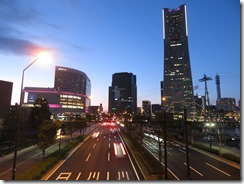
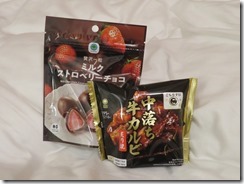

I appreciate the level of detail in the washlet description. The horror movie metaphor made me laugh out loud on the train this morning!